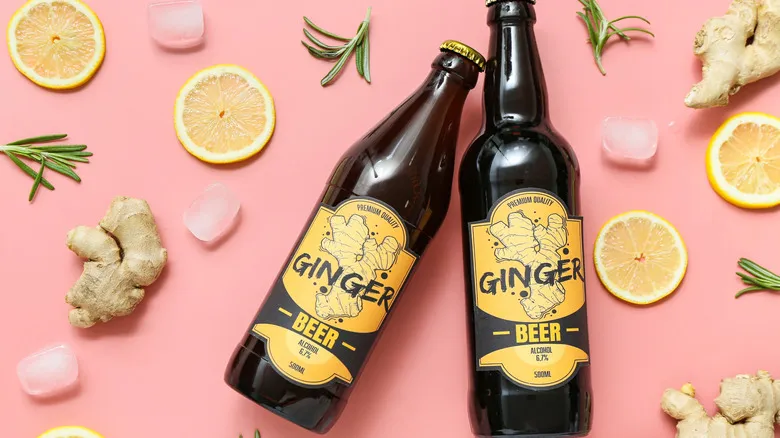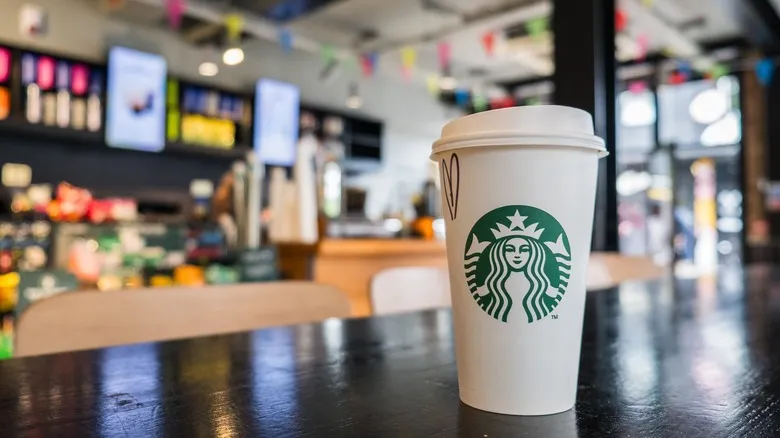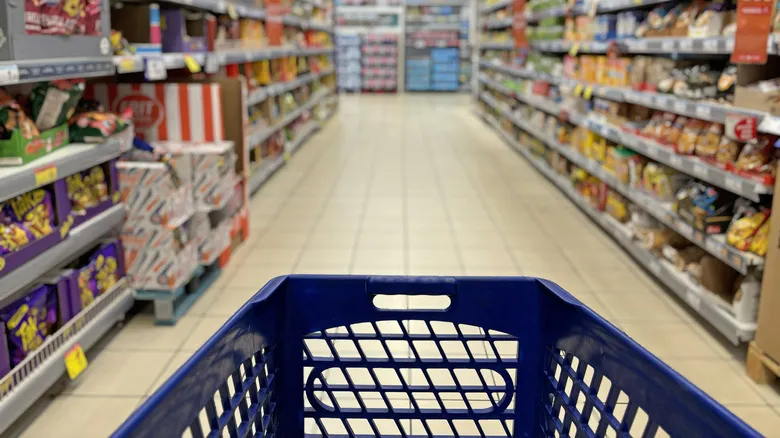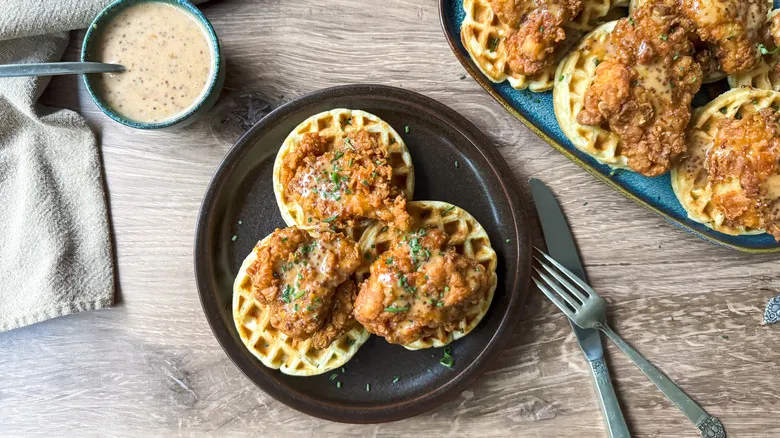What exactly is ginger beer?
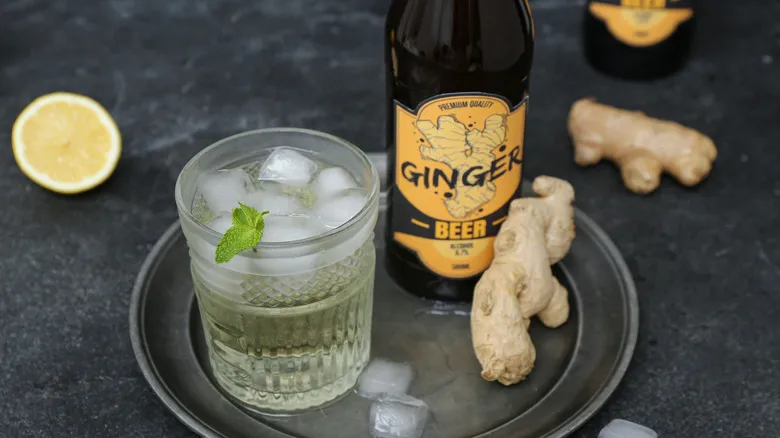
When you come across the term "ginger beer" and notice that it usually comes in bottles, it's easy to think it's an alcoholic drink. In part, you would be correct. While ginger-based beverages have been crafted for thousands of years, ginger beer specifically originated in England during the 18th century. Back then, it was a fermented drink made from ginger, sugar, and water, brewed using a ginger beer plant—a starter culture of bacteria and yeast similar to that used in kombucha production. This fermentation process gave the drink its effervescence and an alcohol content of up to 11%.
Today’s ginger beer is produced somewhat differently from the traditional version, with most being non-alcoholic or containing only minimal amounts of alcohol. However, brands like Crabbies Ginger Beer and Royal Jamaican Ginger Beer do offer alcoholic options. Many of the mass-produced non-alcoholic varieties you find today are carbonated with carbon dioxide rather than through natural fermentation, which accounts for their low alcohol levels.
That said, not all non-alcoholic ginger beers lack authenticity. For example, Bundaberg Ginger Beer is brewed for three days using real ginger, then heated to eliminate any alcohol, resulting in less than 0.2% alcohol content. Authentic ginger beer delivers a dry, spicy taste and a burst of flavor that unfermented ginger beer and regular ginger ale simply cannot replicate. Not only does it have a robust flavor, but it also serves as an excellent mixer for a variety of cocktails!
What exactly is ginger ale?
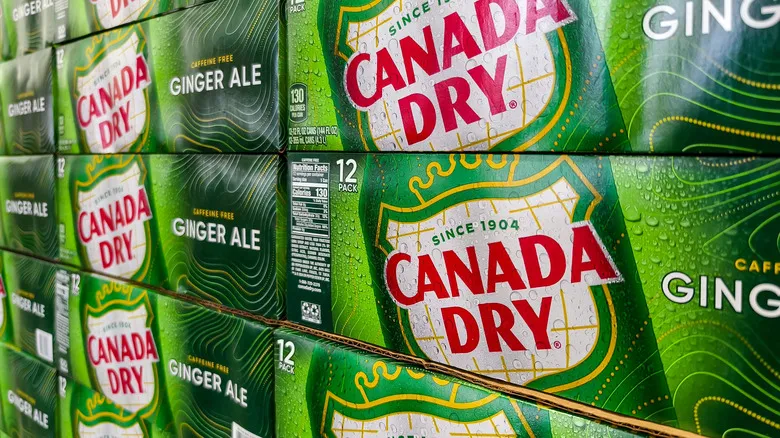
Ginger ale, as we recognize it today, is a relatively modern invention compared to ginger beer, yet it holds the title of the oldest soda in America. One of its earliest forms was Vernor's Ginger Ale, which remains available for purchase. This drink gained immense popularity as one of the leading ginger beverages in the early 20th century. Shortly thereafter, in 1907, pharmacist John McLaughlin introduced Canada Dry Ginger Ale, which followed his earlier creation, McLaughlin Belfast Style Ginger Ale, from 1890. Canada Dry, being lighter and less sweet than Vernor's, saw a significant rise in popularity during Prohibition and continues to thrive today.
In contrast to ginger beer, ginger ale is completely non-alcoholic. It tends to be sweeter and considerably milder in spice compared to its fermented counterpart. Flavor-wise, ginger ale is generally less intense, with a subtler ginger taste, although this can differ among brands.
While earlier versions were made with real ginger, most contemporary producers rely on artificial flavors or ginger extract, along with synthetic dyes and high-fructose corn syrup or sugar. Additionally, ginger ale is carbonated artificially rather than through fermentation, resulting in a fizzier drink than ginger beer. Although many mass-produced ginger ales no longer contain actual ginger root, some artisanal brands, such as Reed's and Blenheim, use natural ingredients and fresh ginger, yielding a richer flavor and spiciness that evoke the essence of ginger beer.
Recommended
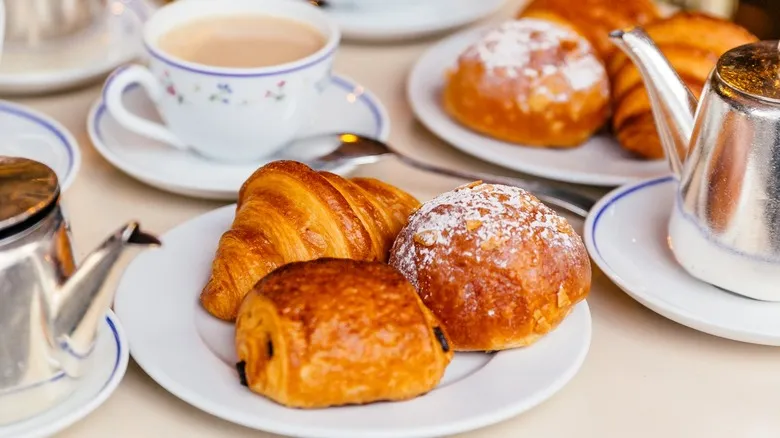
Here's What A Typical Breakfast Spread Looks Like In France

The Myths And Truths Behind The Horse Meat Scandal That Haunted Burger King

The Origin Of South Carolina's Frogmore Stew Is Rooted In Gullah-Geechee Culture
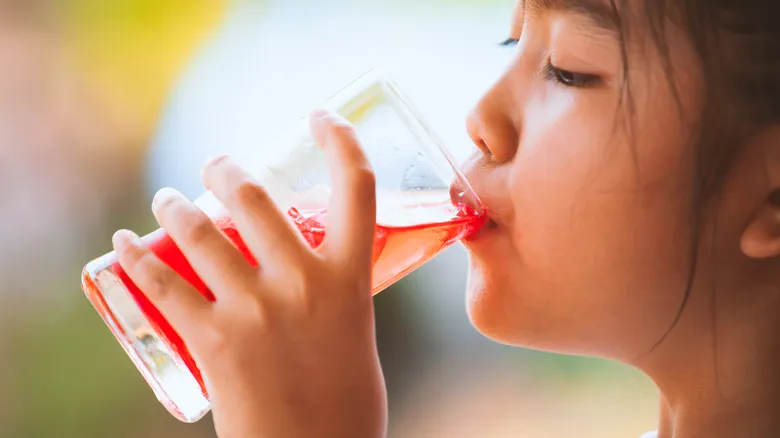
The Nostalgic Drink That Was Initially Created To Be An Ice Cream Topping
Next up

